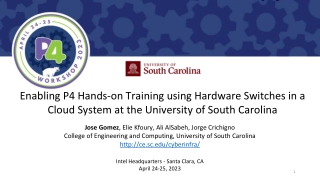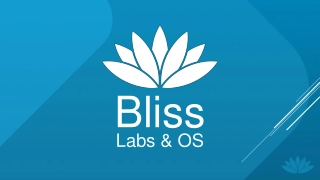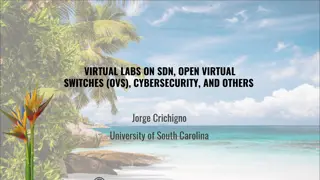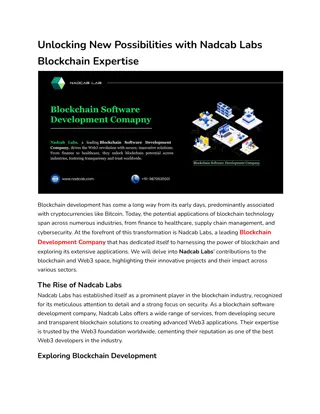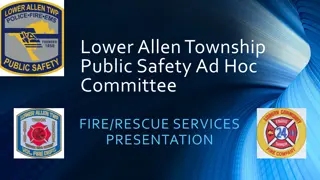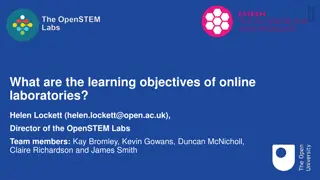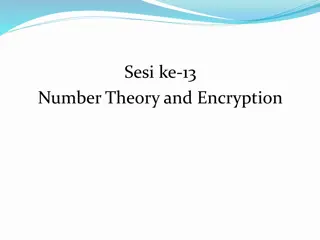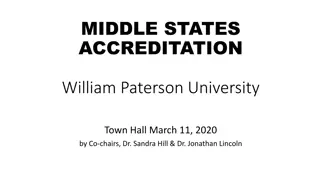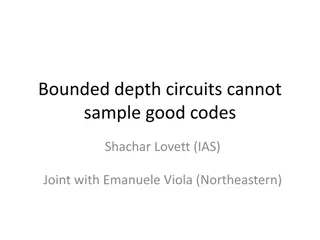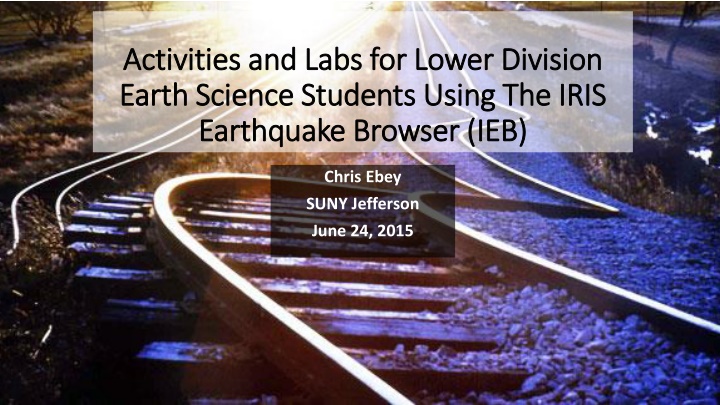
Engaging Earth Science Activities for SUNY Jefferson Students
Explore hands-on activities and labs tailored for lower-division Earth science students at SUNY Jefferson. Learn how the IRIS Earthquake Browser enhances learning experiences, and discover the challenges and opportunities faced by the diverse student population. Objectives and preparations for online activities are detailed to deepen understanding of plate boundaries, island formation, and geological processes.
Download Presentation

Please find below an Image/Link to download the presentation.
The content on the website is provided AS IS for your information and personal use only. It may not be sold, licensed, or shared on other websites without obtaining consent from the author. If you encounter any issues during the download, it is possible that the publisher has removed the file from their server.
You are allowed to download the files provided on this website for personal or commercial use, subject to the condition that they are used lawfully. All files are the property of their respective owners.
The content on the website is provided AS IS for your information and personal use only. It may not be sold, licensed, or shared on other websites without obtaining consent from the author.
E N D
Presentation Transcript
Activities and Labs for Lower Division Activities and Labs for Lower Division Earth Science Students Using The IRIS Earth Science Students Using The IRIS Earthquake Browser (IEB) Earthquake Browser (IEB) Chris Ebey SUNY Jefferson June 24, 2015
Introduction BS math, MS geology, PhD biology Starting 3rdyear teaching at SUNY Jefferson Currently teach geology courses and one biology course Will begin teaching online courses in the fall Intend to develop flex courses
Background on Student Population SUNY Jefferson is a community college in upstate New York Town in a rural area with a military base 52% are full-time, 48% are part-time 67% of students are 24 or under; 33% are age 25 and above. Median age is around 27. On average, 28% are married and 32% have young children 40% are military or military-related
Challenges and Opportunities Student population has a diverse background and therefore a diverse range of skills and experience Include a mix of science and non-science majors None of the current GEO courses have a math prerequisite above pre-algebra Science majors generally are taking pre-calculus or calculus concurrently Non-science majors may be taking basic algebra Many students have outside obligations that lead to absences Includes parents of small children and active duty soldiers
Objectives for Online Activity Designed for non-major courses (GEO 102 and GEO 110) Students will: Discriminate among divergent, convergent or transform plate boundary based on features Hypothesize some of the ways particular islands form and recognize that not all islands form the same way Diagram mechanisms of mountain and volcano formation
Before Online Activity Students will have completed book notes and homework section (included) They will know: The three major types of plate boundaries How island arcs and volcanic arcs form The causes of hotspots The drivers of plate motion
Assessment Students will be assessed on: Ability to interpret features such as volcanoes, mountains and mid-ocean ridges Predict the types of plate boundaries and earthquakes that are found in an imaginary location
Future Activities and Labs GEO 102 (Planet Earth) Online Activity GEO 131 (Physical Geology) Earthquake lab Preview


